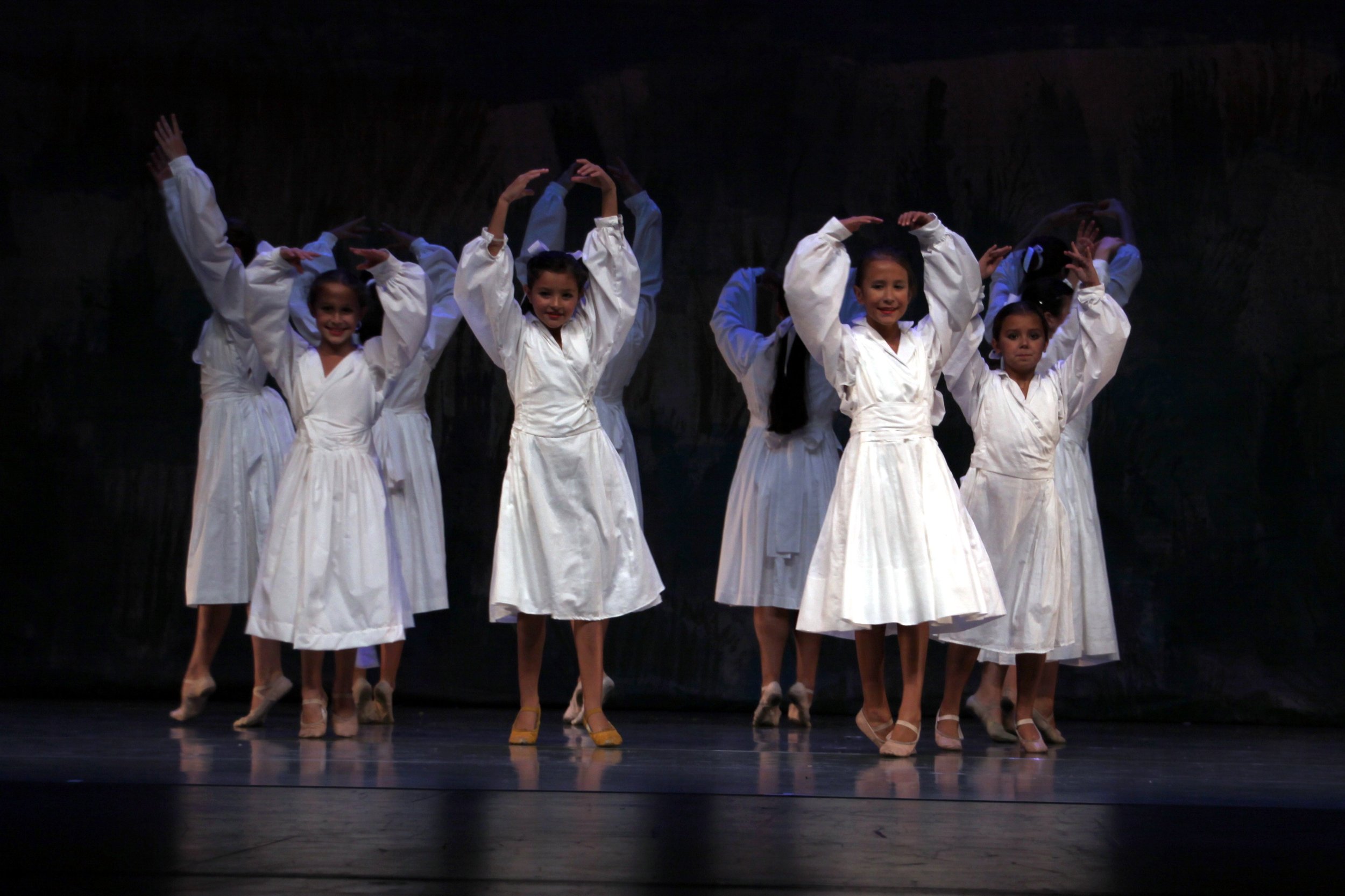inside wahzhazhe
Wahzhazhe is a contemporary ballet that mesmerizes audiences from the first beat of the rhythmic drums to the final curtain close. Audiences are surprised by the powerful storytelling, and even those who are not ballet lovers return to the show time and again to be moved by the story that unfolds in front of them. This ballet depicts a shared history of Native American people, but the specific story told is that of the Osage Nation. Beyond its cultural relevance, the human-interest and historical account has relevance for all Americans. This ballet evokes a visceral reaction as the audience is introduced to 400 years of Osage history, which encompasses both the positive and negative outcomes of a culture that was once untouched by outside influence. The audience is carried along as pre-contact people are swept into the flowing current of the European incursion that brought unimaginable changes, disease, wealth, modernization, death, and ultimately a synthetization into modern American culture.
Wahzhazhe touches audiences in a way that even they cannot anticipate. At sold-out performances in Washington D.C.’s Smithsonian’s National Museum of the American Indian, grown men wept. An audience member who watched the performance at the Tulsa Performing Arts Center in 2013 lauded that although she did not usually enjoy ballet, she would watch this ballet every time it was performed. At a performance at the Coleman Theatre in 2014, a woman embraced a young dancer after the show and explained through tears that she had no words for the depth of emotion that she felt after watching the ballet.
“It was heart-breaking to realize that small children were forced to leave the world of their people for a new, foreign life. But that is what art can reveal. Wahzhazhe ballet is beautiful, real and moving.”
Osage composer Lou Brock inspired the creation of the ballet with his works called, ‘The Journey”. University of Tulsa's Chair of Film Studies, Dr. Joseph Rivers joined Mr. Brock in composing original music to finish the 10 scenes of the ballet. Dr. Rivers arranged all of the compositions. Osage/Cherokee Jenna Smith choreographed the scenes, and 12 professional ballet dancers from around the country along with as many as 30 local dancers and actors (including American Indians from the following Nations: Osage, Cherokee, Apache, Seneca-Cayuga, Sioux, Kaw, Pawnee, Seminole, Shawnee, Pottawattamie, Acoma Pueblo, Blackfeet, Penobscot, Iowa, and Otoe-Missouria) bring the ballet to life.
Wahzhazhe has garnered national and international attention since its humble beginnings. In 2013, the ballet was invited to the Smithsonian’s National Museum of the American Indian to perform to sold-out audiences. In September of 2015, the Festival of Families gave Wahzhazhe a global stage with more than half a million people in Philadelphia during the Papal visit.



